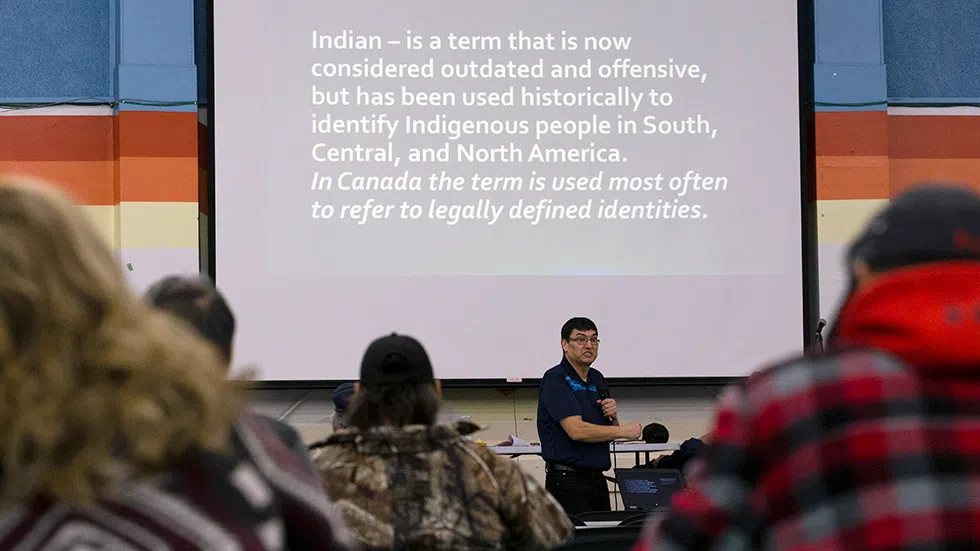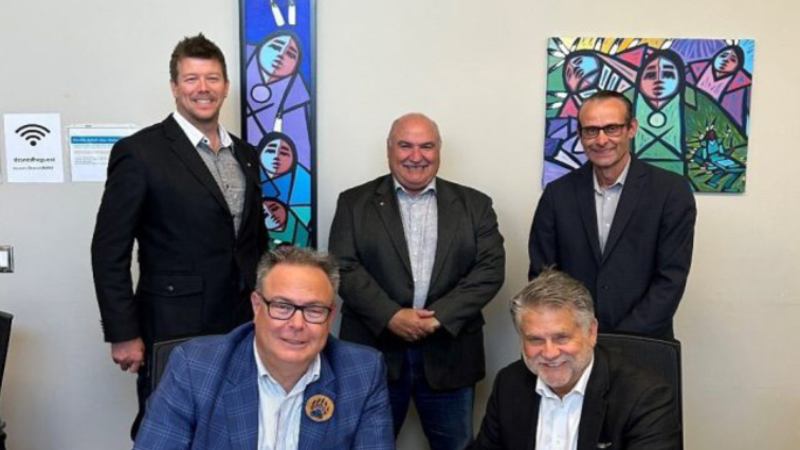
PAGC Conference: Treaties and identity
The treaties made between the British crown and the first peoples of Canada are more than a series of agreements, but documents which define an entire peoples.
For Darrell McCallum, a treaty educator and former Chief of the Peter Ballantyne Cree Nation, the connection between treaty and identity stems back to his childhood.
“I used to wonder why my mom used to say that every time I used to leave the house as a kid… ‘Don’t forget you’re a Treaty Indian,’ what’s that mean?” McCallum asked, during a presentation on treaty education at the Senator Allen Bird Memorial Center. “That was my mom’s way of saying hang onto my culture.”
McCallum said he identifies himself as an Asiniskaw Itiniw, or Rocky Cree person. He sees the title of “Treaty Indian” as a label, but a necessary one.


